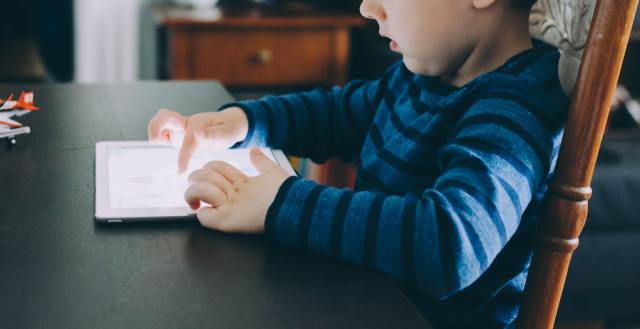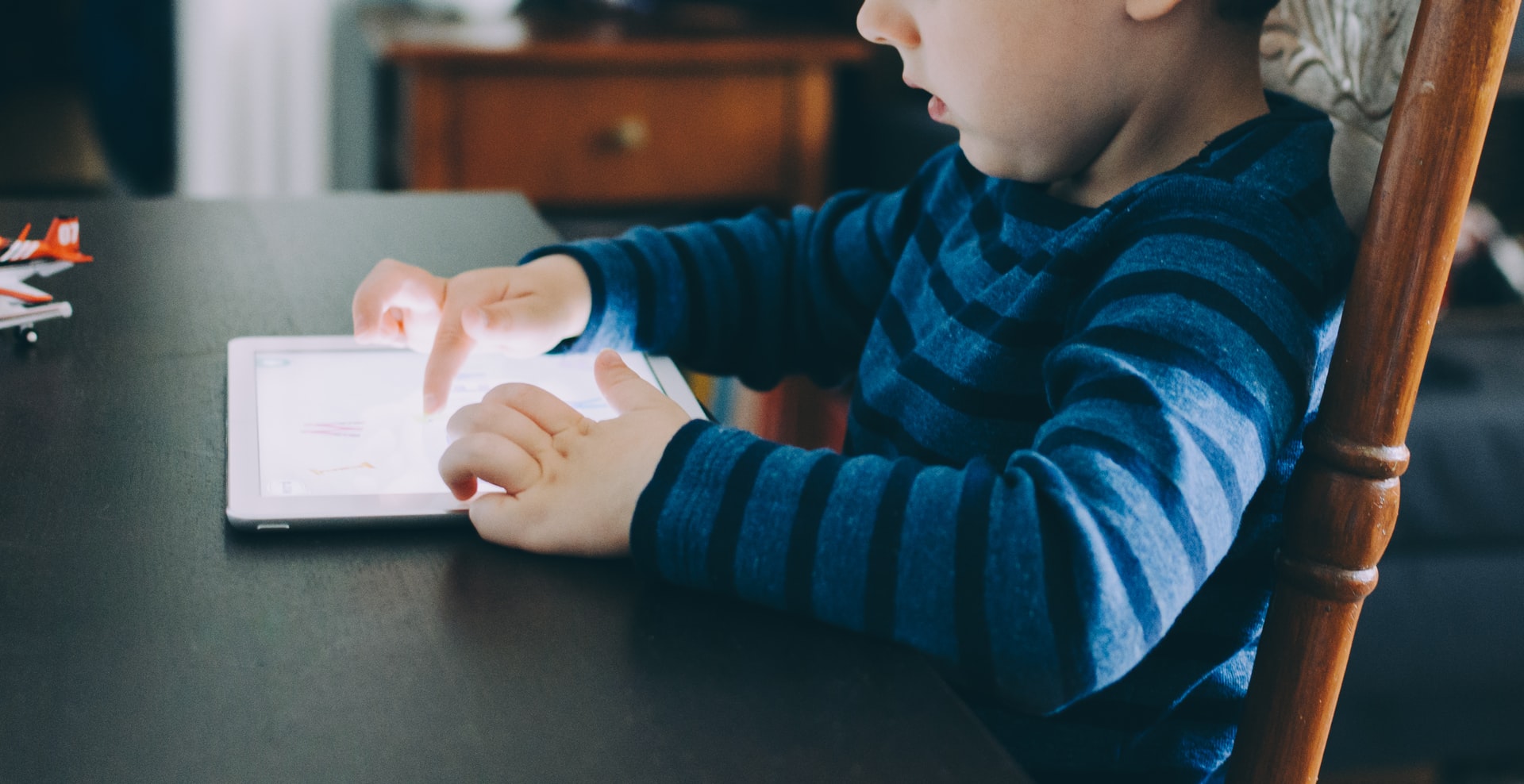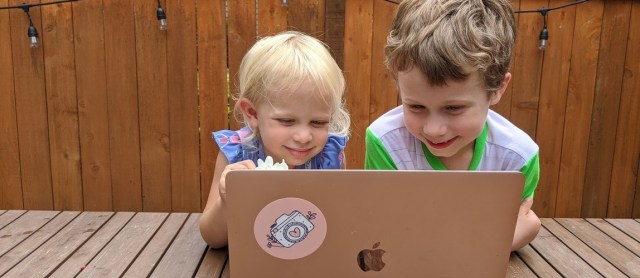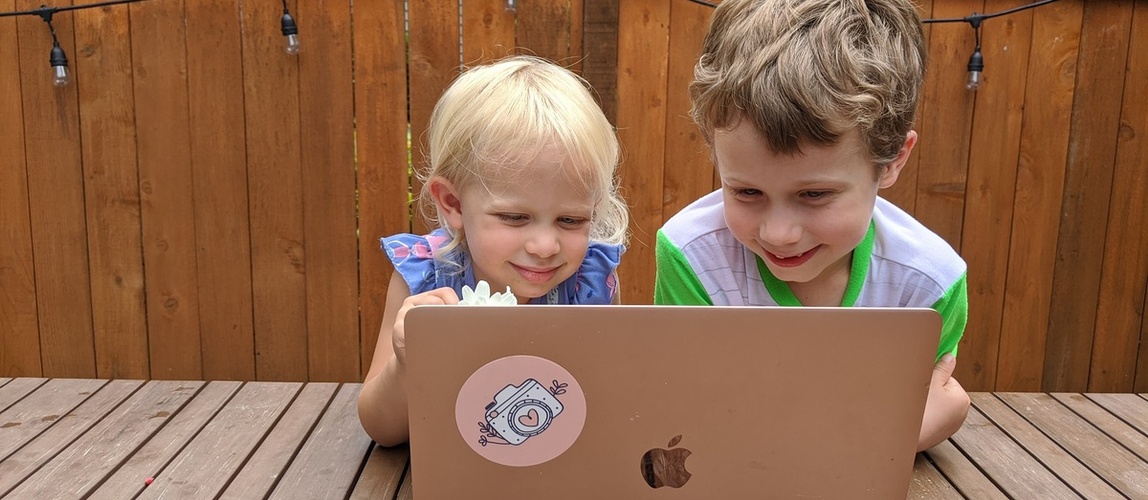
I like to give advice.
I created a blog all about offering advice, on everything from making Christmas ornaments to eating more vegetables.
But most of the time when I give advice, I’m really giving it to myself. Because I really need it.
It’s no secret that 2020 has been a dumpster fire. For some people more than others. And for many people, it has been way worse than it has been for me. So I want to preface this all by saying I am not special. I did not lose a loved one or my job. I have not spent countless hours on the front lines helping others to the sacrifice of my own health (physical and mental). My heart breaks for those who have.
But however big or small your hardships have been this year, I think we can all benefit from calling it the dumpster fire that it’s been. And giving ourselves a whole lotta grace for, however, we’re making it through.
2020, for me, started off pretty good. I ran my first marathon with my best friend in the happiest place on Earth. And I spent a hectic yet fulfilling weekend at a theatre festival seeing my child come alive in their expression of the arts and friendships with good people.
Then I was diagnosed with a stress fracture which didn’t just curtail my running schedule, it literally took me off my feet. I wasn’t able to walk—at all—for 10 weeks. And on top of that, a deadly pandemic quarantined the whole country, kept us cooped up at home, and isolated us from friends and family and our normal way of life.
I think it’s been vastly understated how this has really affected all of us. I’m an introvert and even I was waylaid by the isolation and anxiety of the quarantine and ongoing fear of the pandemic. The fact that I couldn’t even walk, sent me spiraling even lower.
But a lot of us put on a brave face. So well so, that others don’t know we’re hurting and need help. We self medicate with food, booze, tv binging, pick your poison. And many of us don’t even realize it’s happening. Another glass or another show is cloaked in self-care. And that’s totally necessary. And what I’m mainly preaching in this article is that it’s ok to do that and give yourself grace for it.
But when we slide into that day after day, month after month, it starts to take a toll. And one day you look in the mirror and you’re sickened or saddened or pissed off about how you got to this point—with more pounds or your body or bags under your eyes or fewer healthy relationships in your life.
I did see it happening to me, all along the way. Because It’s happened before.
Four years ago I quit my job to move to Florida with my family and be a stay-at-home mom. My career had been my identity to that point, for nearly 20 years. I spiraled quickly.
The common denominator between four years ago and 2020, is that I completely lost sight of who I was. When I stopped being a successful, highly paid manager in a high-stakes profession I didn’t know who to be next. This year, when I stopped being an extremely active runner who was always on the move, I didn’t know who to be next.
I’m only now slowly starting to find my way back. I did it four years ago. And I may do it again sometime in the future.
But as we close out this tragedy of a year, I try to hold on to that grace I always preach that you need to give yourself. I’m trying to find hope that the pounds will come off, that I’ll feel like properly getting dressed and fixing my hair again, that I’ll find a new identity again—this time being even wiser and kinder to myself than before.
So the advice I’m giving to you—and to myself—is not to assume that where you are, is who you are. There are seasons. They pass. And a new one always dawns.



























